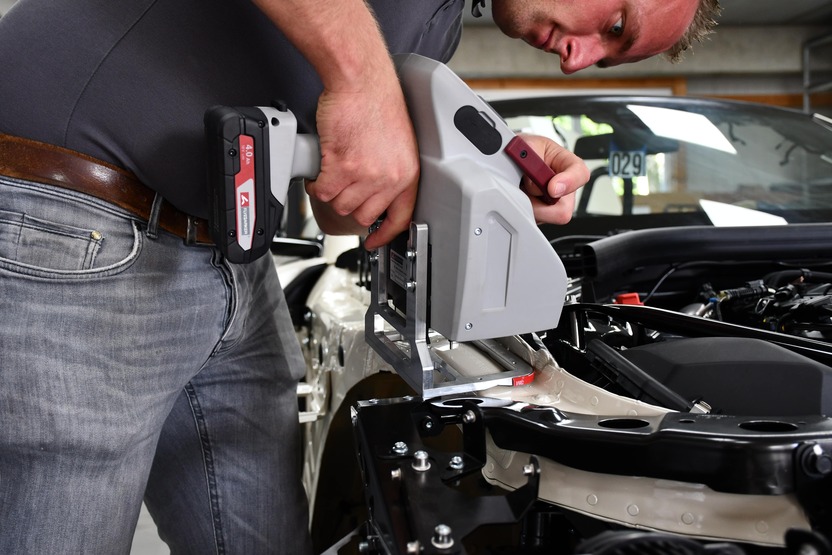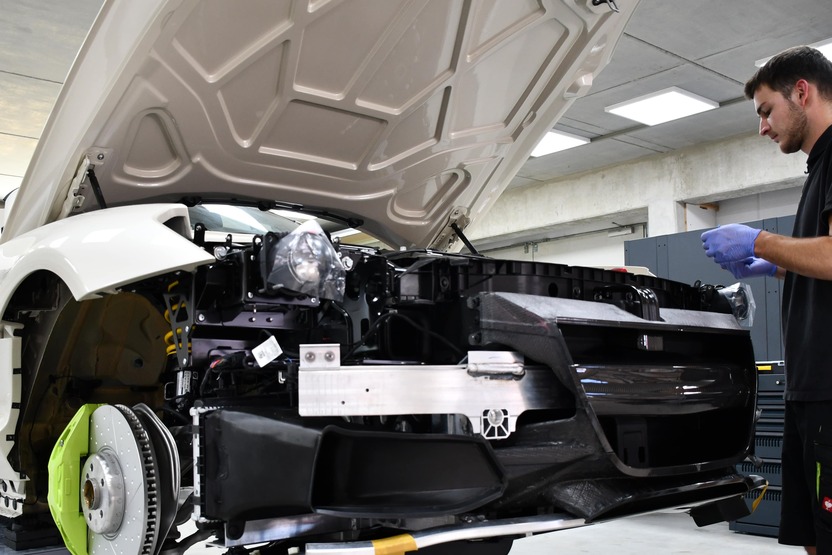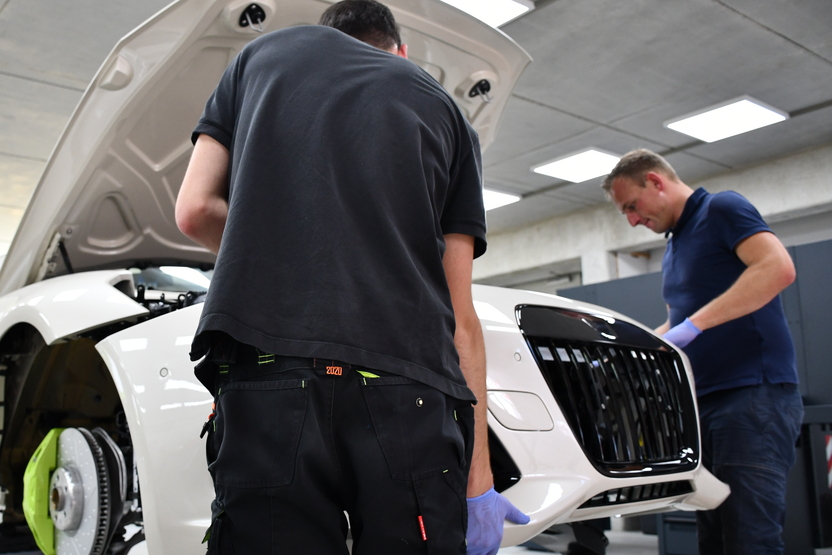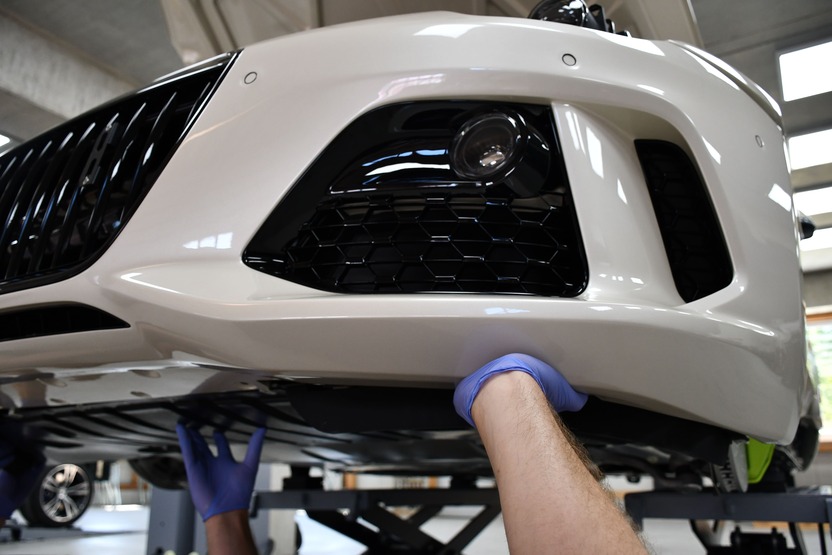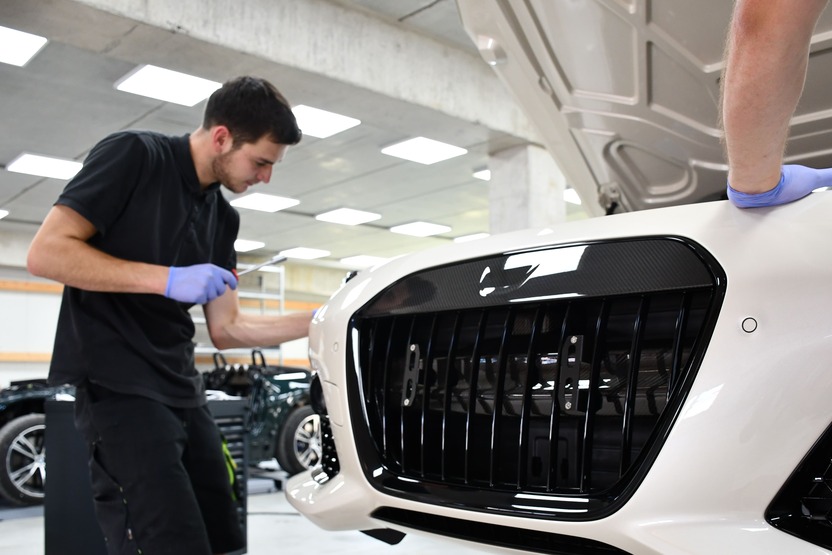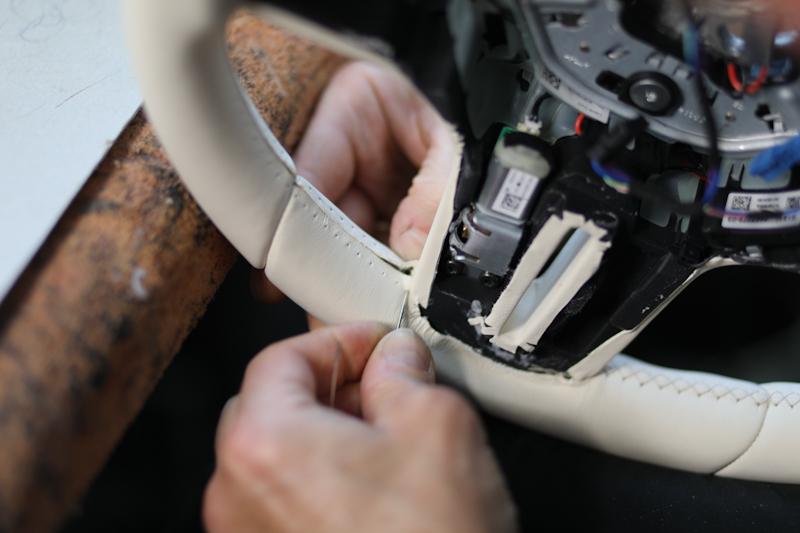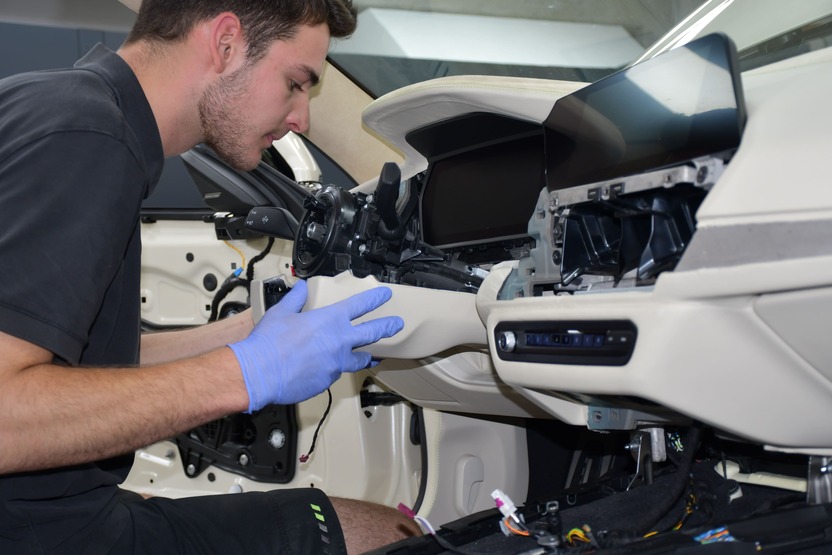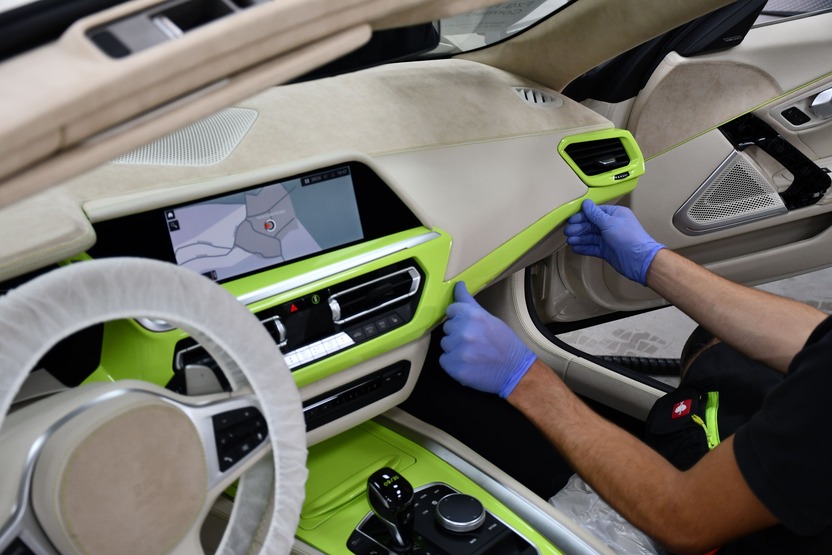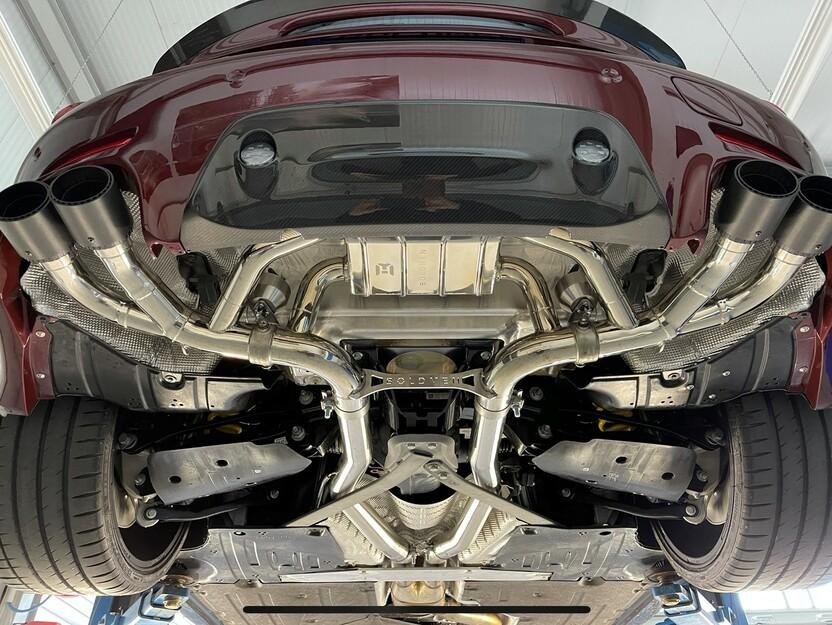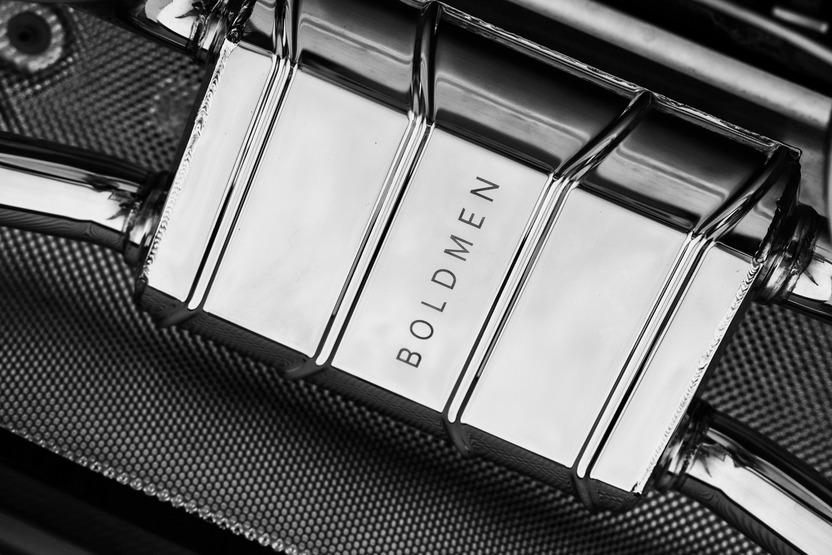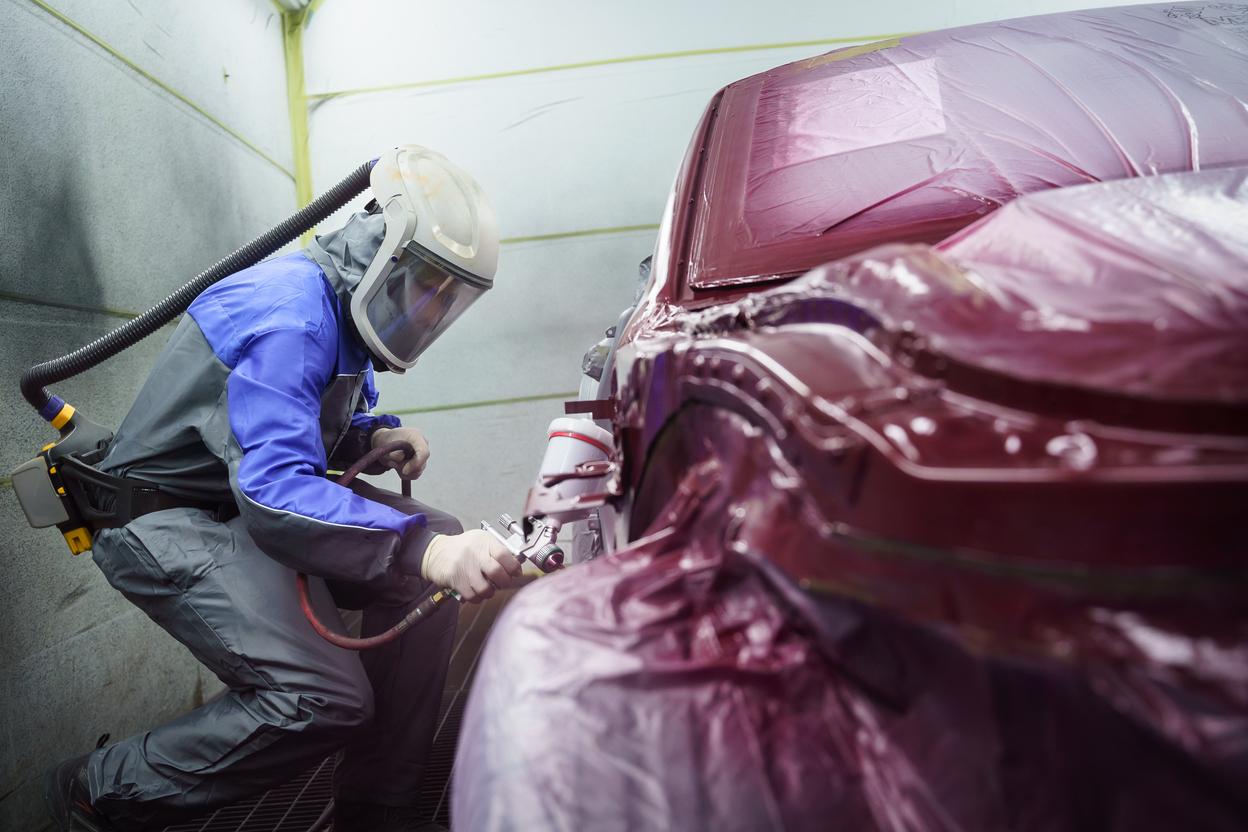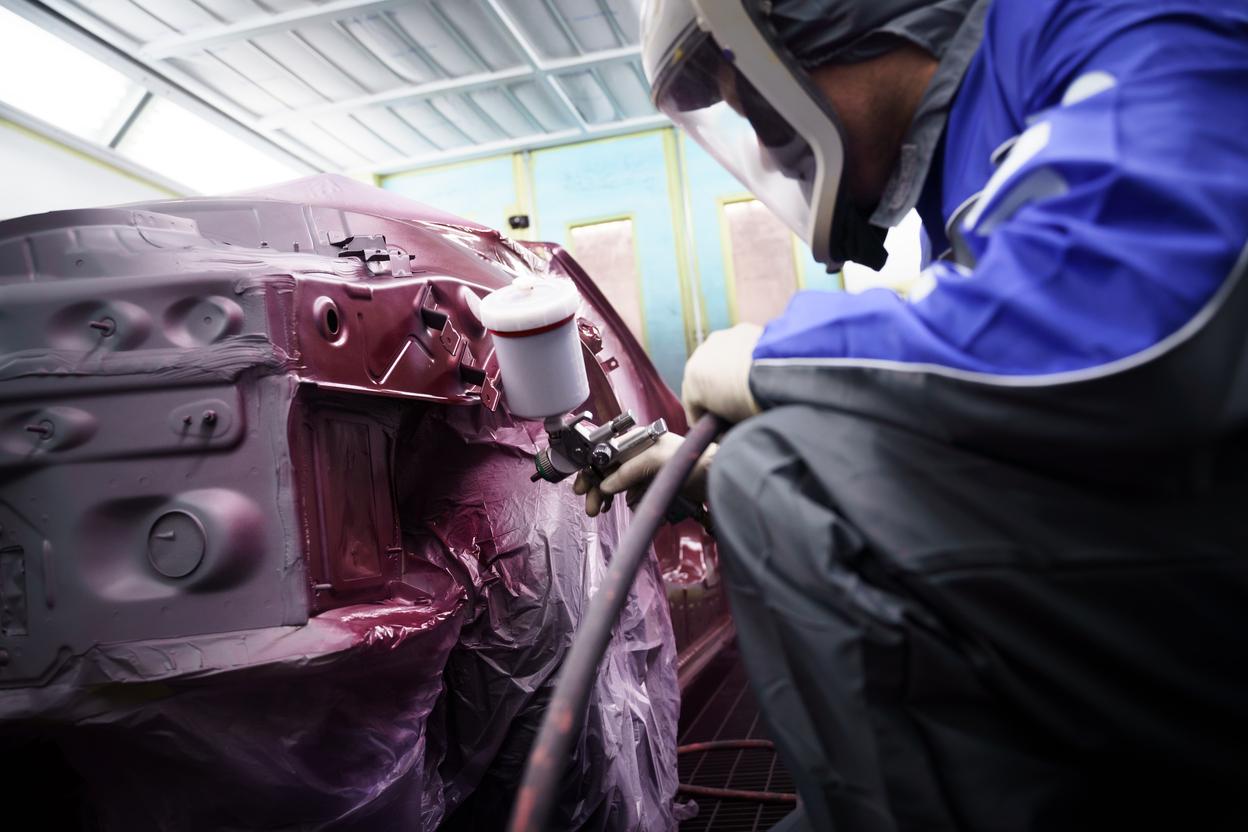BOLDMEN CR 4 / CR 4 S: FROM THE IDEA TO THE FINAL PRODUCT
The basic concept:
A manufactory that makes it its business to develop, build and distribute its own vehicle must first check in which area the automotive corporations are leaving a niche unoccupied. In times when billions have to be invested in digitalisation, electrification and autonomous driving, models are taken out of the range that do not meet the economic criteria due to too low sales figures. This affects more and more roadsters and convertibles.
BOLDMEN has therefore decided to develop a 2 - seater roadster.
The initial situation:
When the brothers Martin and Friedhelm Wiesmann decided to develop their own roadster in 1985, the starting situation was quite different from today. They first constructed a lattice tube frame, bought the drive technology, chassis parts, steering and brakes as well as many components, so that after assembly, a ready-to-drive basic vehicle without bodywork was created.
The total electronic networking of the entire technology of modern vehicles rules out such an approach today for economic reasons alone: one would have to have new electronics developed, which would entail an investment in the two-digit million range. If a sports car manufacturer is not only to be run as a hobby of rich people, but must develop into an economically successful enterprise, one is forced today to resort to a basic vehicle with networked technology. This approach has also long since found its way into the automobile groups; a Rolls Royce is based on the BMW 7 Series, a Lamborghini Urus on the Audi Q 8, many other examples could be listed here.
The BOLDMEN CR 4 / CR 4 S is based on the BMW Z 4 M 40i, but no more. The extent of proprietary parts and modifications does not only concern the body and the interior, the following pictures illustrate the effort required to create a BOLDMEN.
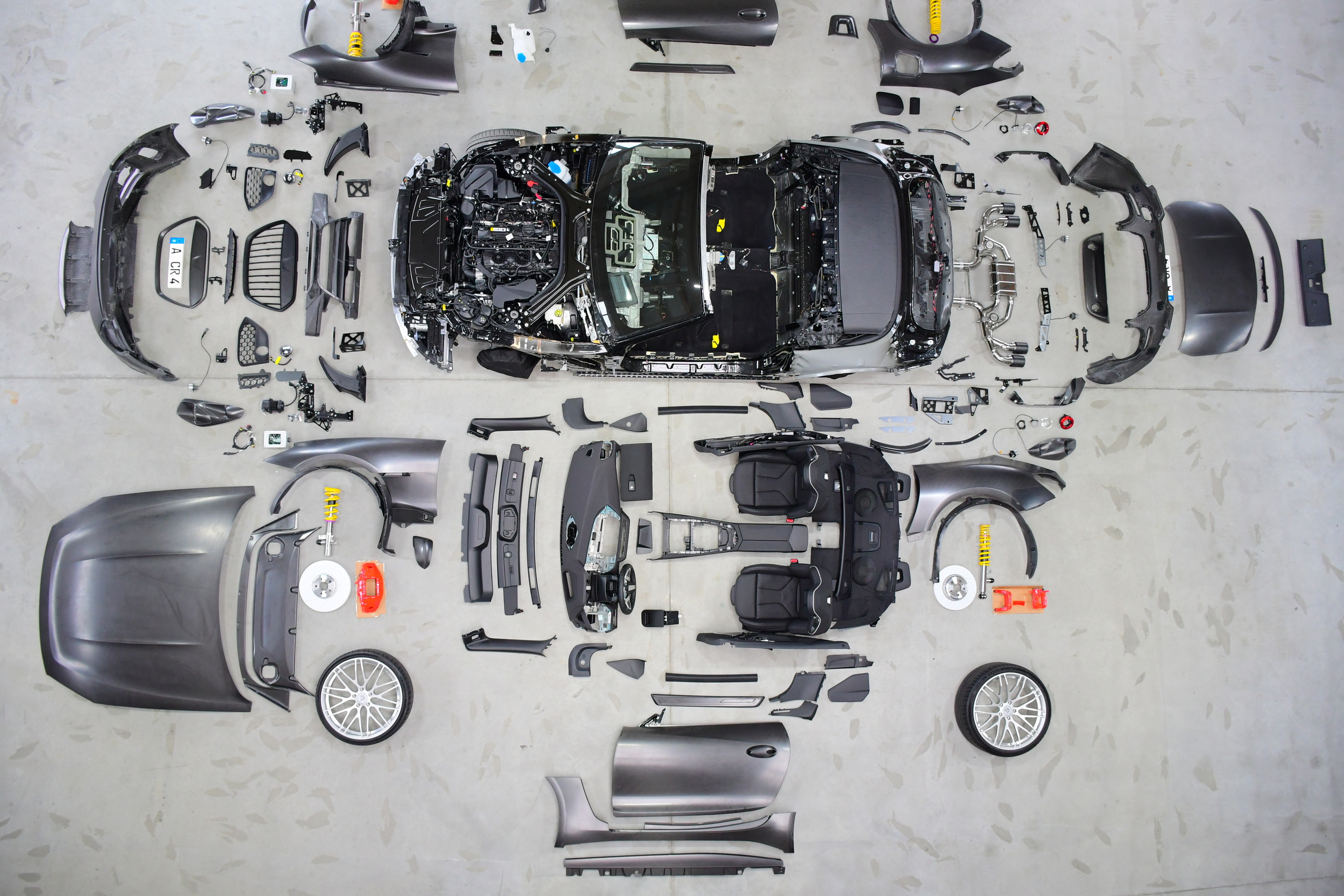
The Design Development:
Within the scope of design development, on the one hand all specifications of the basic model that cannot be changed have to be taken into account, on the other hand there are countless regulations that have to be observed. It is a very elaborate process and ultimately also involves coordination between the people involved with the aim of meeting the tastes of a large majority of potential customers. A list of criteria shows many limits that must not be exceeded, at the same time there is scope for design creativity.
The Construction:
The ideas of designers are sometimes very difficult or even impossible to realise constructively, especially under economic criteria. Each of the countless individual parts must be integrated constructively, whereby not only fastening possibilities, gap dimensions and criteria of use play a role. The question of producibility must also be taken into account. How great is the effort, are there possibilities for simplification without compromising quality or practical use? Ultimately, the design provides all the data for tool and mould making.
Tool and mould making:
The CARBON body of a BOLDMEN alone consists of 54 small and large parts, for each of which special tools and moulds have to be built. In addition, there are 62 individual components that are covered with leather in the saddlery and 185 individual parts that have to be partly manufactured and installed. In mass production, the costs can be amortised relatively quickly, but in a sports car manufactory that produces one-offs according to the individual wishes of its clientele, the costs of all the processes described here are significantly higher. Exclusivity and one-off production have their price, and this also applies to many other industries (e.g. watches, jewellery, fashion, furniture, etc.).
Homologation:
Ultimately, the final product must meet all approval requirements, which must be proven within the framework of extensive tests. This involves national requirements, requirements within the EU and ultimately also special regulations of non-EU countries such as Switzerland.
BOLDMEN has gone through all these processes and achieved manufacturer status in all countries of the European Union, which in turn requires the fulfilment of countless specifications and criteria.
Production - handmade in Germany:
In the technical area, a sports car manufacturer has various departments, internally or externally, which have to work hand in hand and to which extremely high demands are made. After all, it is all about achieving the highest possible quality of detail.
- the design team in conjunction with the construction team
- the vehicle construction department:
- bodywork
- electrics / electronics
- engine construction
- exhaust technology
- chassis technology
- interior technology
- the CARBON production
- the saddlery
- leather processing
- fabric processing
- carpet processing
- the paint shop
- the final inspection and quality control (all work steps up to the final product)
- the service area
All in all, it takes around 750 working hours (depending on the optional equipment of a BOLDMEN) of highly qualified specialists to create a BOLDMEN that will give its owner a lot of pleasure and is hard to beat in terms of exclusivity.
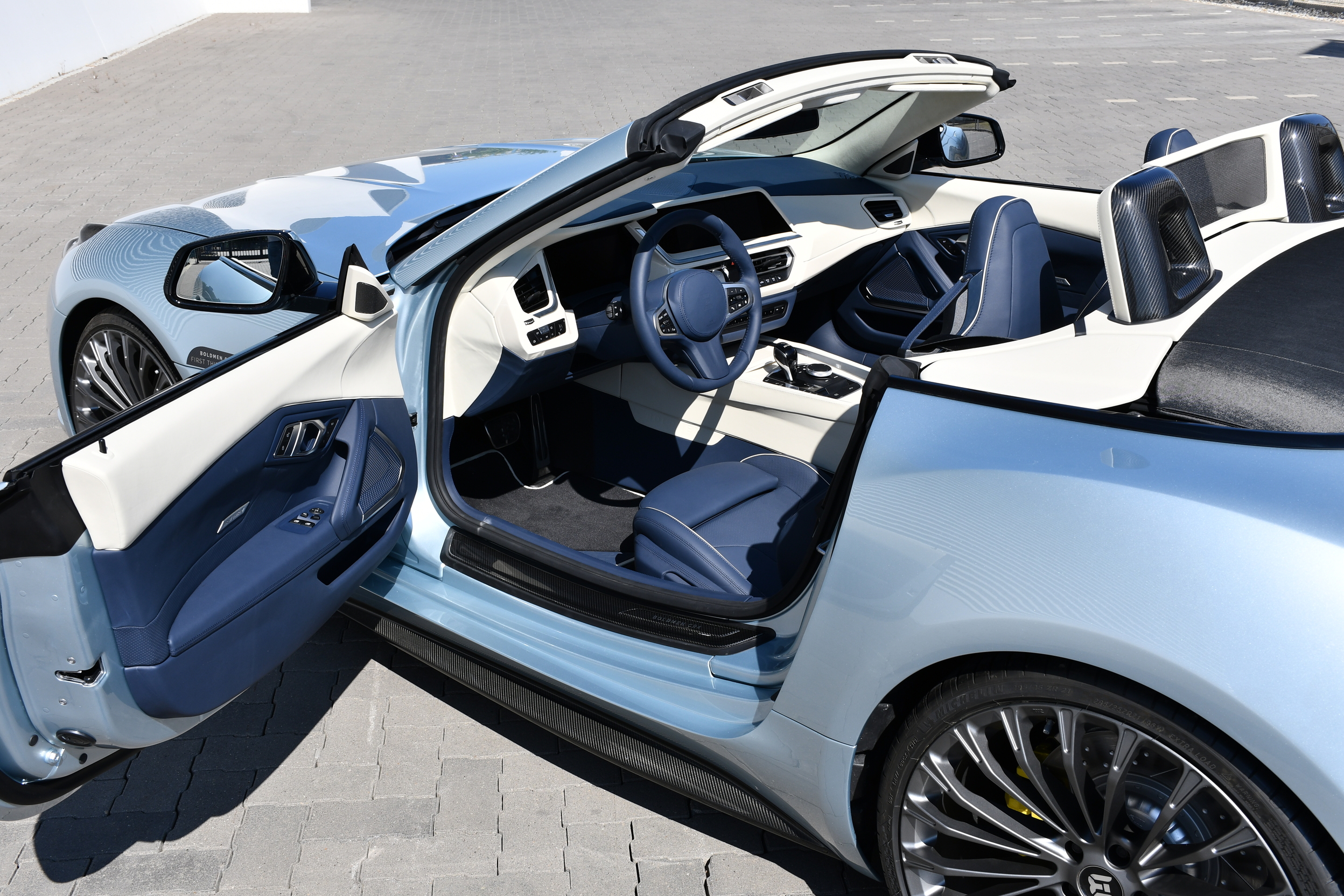
Insights into the manufactory
